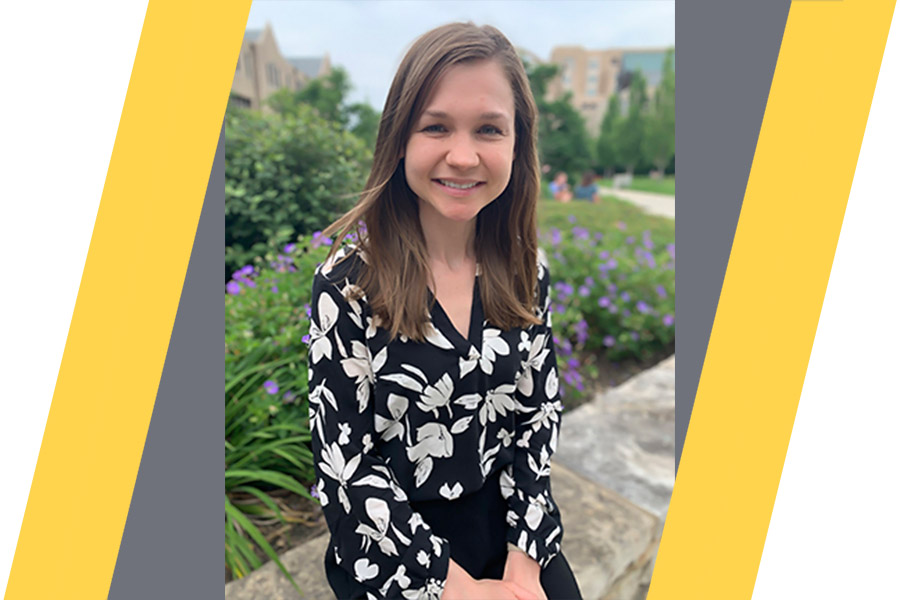
Building a Portfolio - Krannert re-energizes its undergraduate teaching
As many colleges and universities shifted to hybrid learning with the onset of the COVID-19 pandemic in spring 2020, the Krannert School was already in the midst of a fundamental change in its approach to undergraduate education.
And none too soon — Krannert welcomed a record-breaking incoming first-year class of more than 750 students, with another 200+ from transfers of students into the school from other colleges.
According to Charlene Sullivan, associate dean of undergraduate programs, Krannert is taking a “portfolio mindset” for re-energizing its offerings: Curriculum innovation driven by continuous, market-driven improvement; highly effective course delivery supported by an investment in teaching excellence; transformational experiences that expand and change mindsets; and mentoring and professional development that help students navigate a career rather than a curriculum.
“What’s changed most in the last 10 years is the mix of faculty,” Sullivan says. “Many of the people who teach in the undergrad program are clinical faculty lecturers who are measured by their performance in the classroom rather than their research output. We’re trying to create a community for them where they can visit each other’s classes, get feedback on ideas and share best practices.”
Sullivan says students have changed, too.
“Today’s students use technology differently and don’t necessarily prepare for class by reading or coming ready to take notes. They may show up, expect to have a passive experience, take an exam, and get a grade,” she says. “We want to get students engaged in an active and very productive way.”
The challenges posed by the pandemic have accelerated changes to the undergraduate program, especially the use of technology to facilitate hybrid learning, collaboration and course management. “I’m hopeful that coming out of COVID, we’ll have a greater sense of innovation in our classrooms, give up some of the things that we’ve done in the past, and do them in different ways,” Sullivan says.
Experiential learning is key to the process.
“We know our students learn better if they have projects, if they can do case studies,” Sullivan says. “We’re trying to motivate a learning-by-doing philosophy as opposed to lectures and exams. That produces students who are more intellectually curious.”
Engaging in conversation
Kasie Roberson, a clinical assistant professor in the managerial communications area, has always been a student-centered teacher.
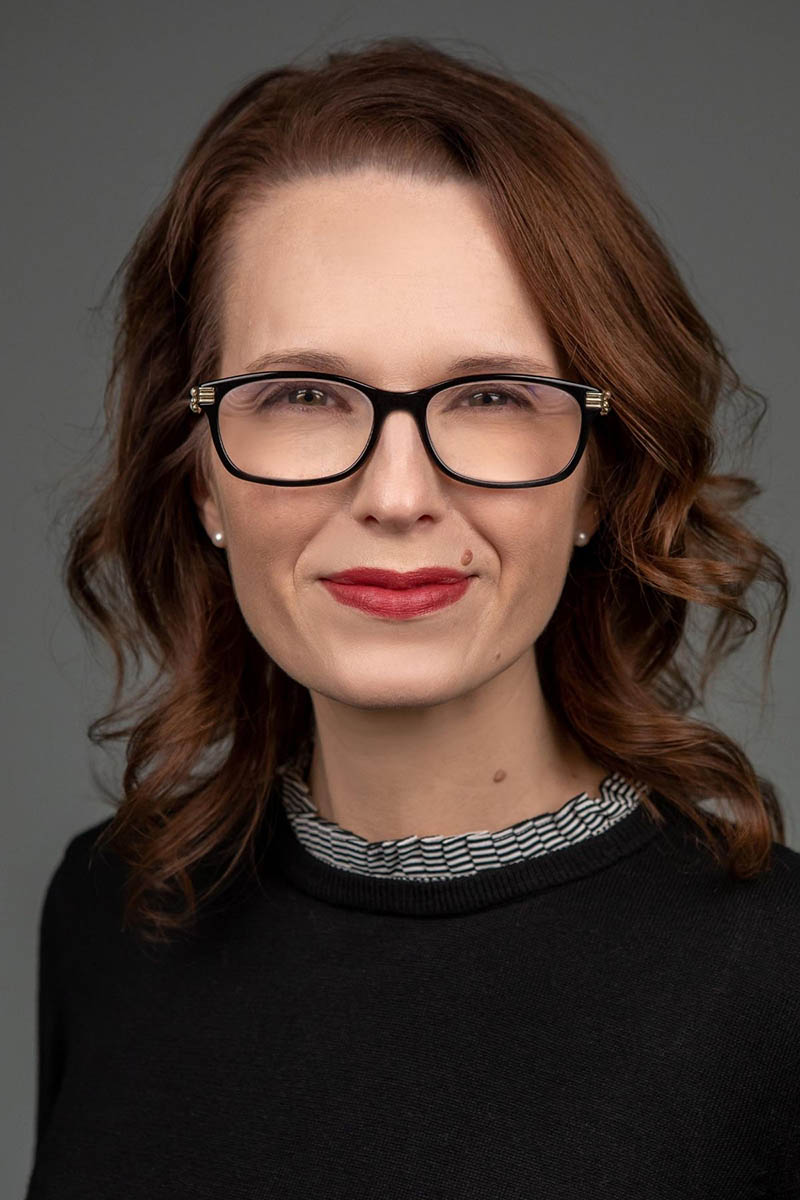
“I believe it’s important to first understand a student’s background with communication training,” she says. “That’s especially important at a business school because the students have varying levels of comfort with speaking, writing, and communicating in groups. I feel that it’s my job to try and meet the students where they are and help them grow in their communication skills, all the while helping them develop confidence in their abilities and potential.”
To that end, Roberson developed a Qualtrics survey that students complete at the start of her courses to assess their comfort level and experience with communication. She then conducts a 10-minute Zoom interview with each student to review the survey results. “I want them to do some self-reflection and think about some of the areas they need to improve on when it comes to their communication skills,” she says.
It might have been only 10 minutes of time for the students, but the process was much more time-intensive for Roberson. “I really think that it was worth it,” she says. “A lot of the students commented how they had never met with a professor individually at the beginning of the semester and that they really liked it. I felt like it set the tone for my classes in a way that worked well.”
Although Roberson’s courses remained fully in-class rather than hybrid, she often assigned team projects that lent themselves to Zoom meetings or other online platforms.
“What I see moving forward, in particular with communication in a business school, is that virtual learning and virtual presentations in various forms are here to stay,” she says. “From now on, any presentation skills class being taught is going to need to include instruction on how to effectively present in-person as well as virtually. And there are going to need to be opportunities to practice both types of presentations.”
Ultimately, Roberson says, undergraduate teaching is still about what is best for students.
“I feel like this generation of students does well when they feel supported, when they feel encouraged,” she says. “It is important to have as positive an attitude as you can about the material that you’re presenting. I think that’s contagious and students will often reflect that positivity about the subject matter.”
Removing complexity
Cara Putman, a clinical assistant professor in business law, communications and ethics, and director of the Brock-Wilson Center for Women in Management, was recently recognized as one of two winners of the Krannert Alumni Teaching Excellence (KATE) Award. The honor recognizes her work in Management 254, Legal Foundations of Business, which she has taught since 2012.
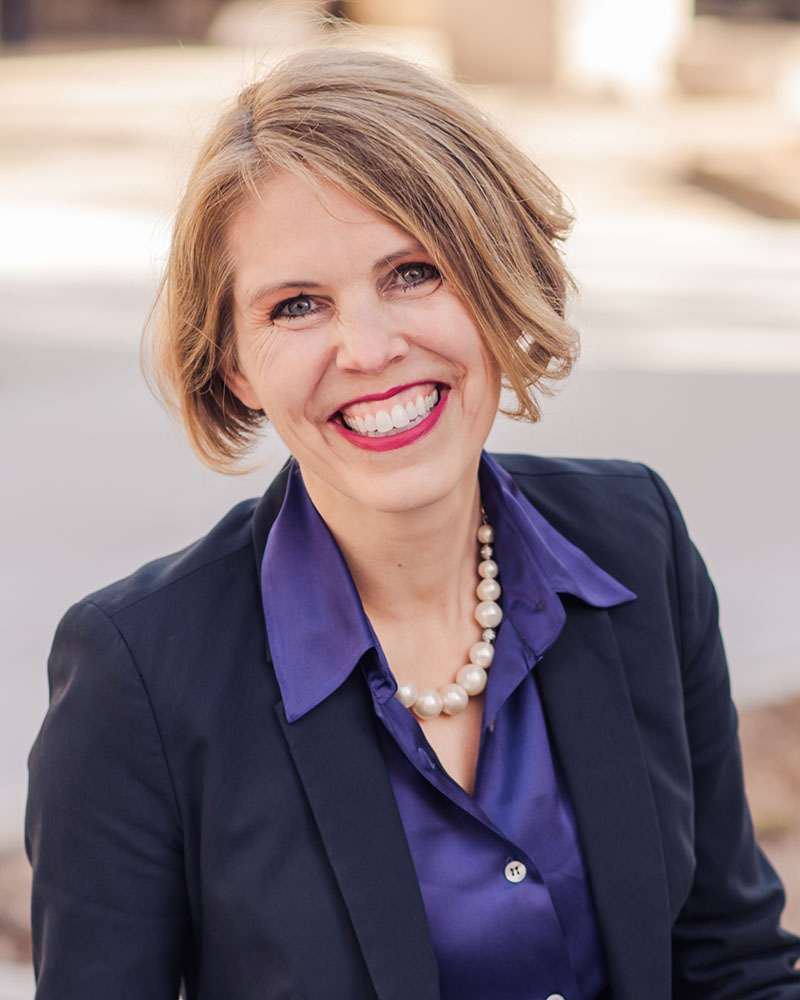
A faculty judge commented on the innovative way that she linked learning objectives to activities designed to allow students to apply their knowledge to real-life situations. Her methods proved to be especially effective during this past year in keeping students engaged while they were dealing with a COVID environment.
“One of the things that COVID really highlighted for us is that communication between faculty and staff and the students is so critical.” Putman says. “Purdue did a good job planning, but it still was challenging for students because every professor did things differently.”
In the classroom, Putman sees herself as a translator, removing as much complexity as possible and helping students understand how legal concepts intersect with the business world.
“My role is to help students take complex legal principles and break them down so they can apply them to their jobs as managers,” she says. “I want them to leave with concrete pictures and ideas about how the law intersects with the jobs they will do. If it is all esoteric and theoretical, then it doesn't connect to their real world. I want to bridge that gap.”
Except for one course, Putman’s teaching during COVID has all been face-to-face.
“In the spring, because we had a need, I volunteered to teach a synchronous online course, and it was my first time teaching fully online,” she says. “Because I wanted the students to have as close to an experience of being in the classroom with me as possible, even though it was a distance environment, I worked hard to come up with new methods for interactivity. I’m now incorporating those techniques in my face-to-face classes.”
One of the main things Putman wants students to take away from her courses is a better approach to critical thinking.
“I want to create a classroom where students have confidence to ask questions, or to state their opinion and disagree with someone else respectfully, because those are the kinds of skills you absolutely need to have as you move into the workforce,” she says.
“I also want them to feel comfortable tackling difficult information, which isn't easy, especially at Krannert,” she says. “Many of our students are exceptional quantitatively, but they're not as comfortable on the qualitative side. It’s all about reading and analysis.”
Analytical tools
The second KATE Award was given to Matthew Lanham, a clinical assistant professor in the quantitative methods area, for Excellence in Course Innovation. It recognizes his work in Management 473, Data Mining, and Management 474, Predictive Analytics, as well as incorporating these courses in his role as assistant director of student engagements for the Krenicki Center for Business Analytics and Machine Learning.
Both courses are project-based and focused on teamwork, allowing for virtual participation as well as hybrid interactions. Student teams from his courses are required to present a high-quality poster of their class projects for the Purdue Undergraduate Research Expo or the Research Symposium, giving them something they can discuss in job interviews.
"When I go about teaching a class or mentoring a project, I always think about what the end product and outcomes will be,” Lanham says. “I want my students to leave my courses not only having knowledge of analytical methods and following a structured scientific process in their work, but also the technical skills and abilities to actually do the work that they can showcase to employers.
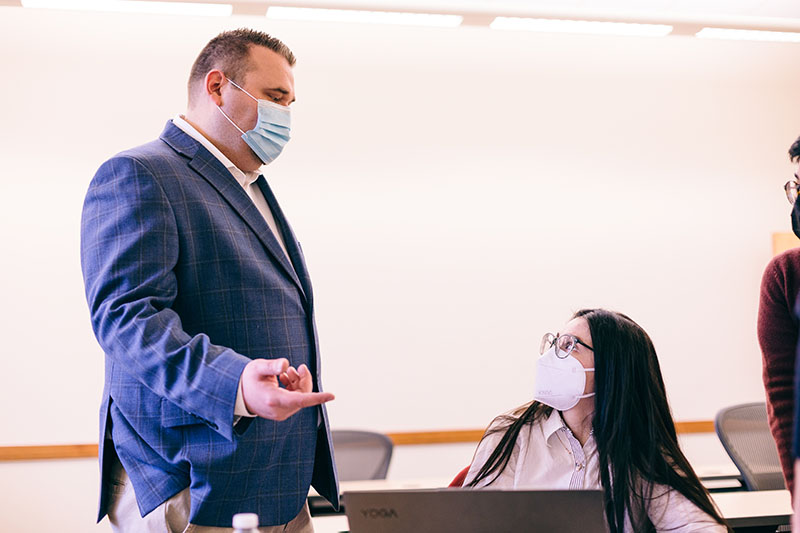
In his quest to create analytics talent, Lanham emphasizes experiential learning, building relationships with local companies to provide his students experiences with real-world data, and solving real business problems. He encourages students to participate in analytics competitions. These opportunities provide them tangible items for their portfolio to demonstrate their knowledge, skills and abilities.
In her final project, one of Lanham’s students analyzed grocery data to improve efficiencies and the freshness of produce. The company hired her and implemented the work. She is now mentoring Purdue students during their projects.
“The growth and investment in analytics and data science academic programs and courses is one of the most exciting trends in higher education today. Companies want analytics talent, but when they screen for that, a good story might not be enough,” Lanham says.
“A key differentiator of what we are doing here in Krannert that you might not see as much in other schools of business is making sure our students have the tangible analytical evidence of their knowledge, skills, and abilities. Going through an intense project from start to finish in a semester has led to some great student placements and admissions in top graduate programs, and left many with an experience they will never forget."
Projects with purpose
Amy David, a clinical associate professor in supply chain and operations management, brings a wealth of corporate experience to her classroom.
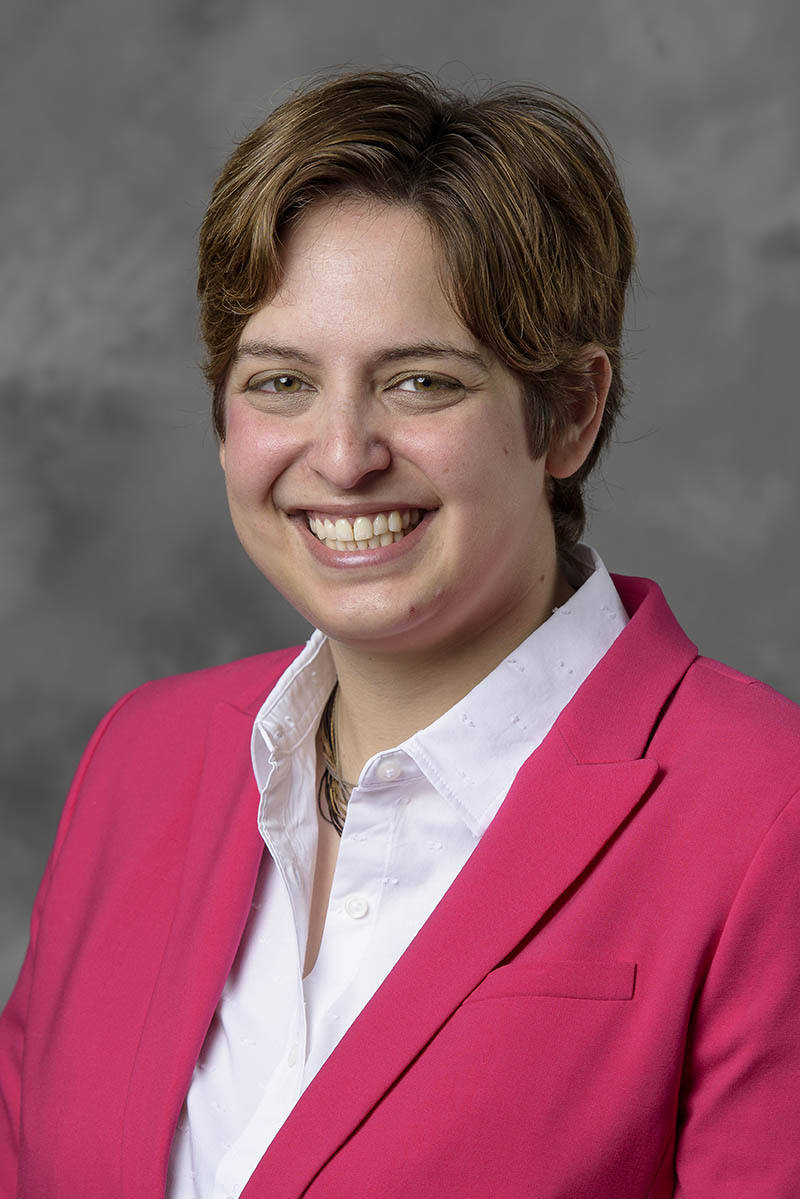
“I spent a lot of time in industry before I came to Krannert, so I want to be sure that we are really preparing students for what it's going to be like in their internship or first job,” she says. “Specifically in supply chain, I want to be sure that we're not just talking about the supply chain, we're talking about how the supply chain relates back to revenue or expenses, and ultimately makes an organization financially viable.”
David’s introductory class is based around a semester-long project with PepsiCo. Students usually complete a case in teams on something like a new product introduction or a limited time promotion, and they go through all phases of the planning the supply chain.
“They need to figure out where it's going to be produced, how it's going to be transported, forecast customer demand, etc. Most of the assessment in the class is team-based, so I'm not looking for one right answer,” she says. “I'm looking for how they justify the decisions that they made, because these decisions are similar to what an entry-level supply chain analyst would do. Being able to justify your decisions, understand what the data is telling you, interpret it and sell it to the management is more important than just being able to crank through the numbers themselves.”
David has also incorporated Brightspace, Purdue’s new learning management system, into her classes.
“I think that there are certain things that actually lend very well to being taught online,” she says. “I'll continue to teach them in person, but having video for students to refer back to can be useful. I also think making use of Brightspace and putting additional resources in there really allows us to better customize a course to what the student is bringing to it.”
Beyond knowledge of the course content, David wants her students to be comfortable in the face of uncertainty.
“We often have to make decisions with limited information or predictions about the future,” she says. “If you look at what's going on with supply chains now under COVID, you can imagine all the supply chain managers out there scrambling. Making decisions under uncertainty and feeling comfortable with that is one of the biggest skills that I'd like to see students take into the real world.”
Flipping the classroom
Roy Dejoie, an award-winning clinical associate professor of management information systems, has been a teaching clinician long before the concept of “flipping the classroom” became part of the academic lexicon.
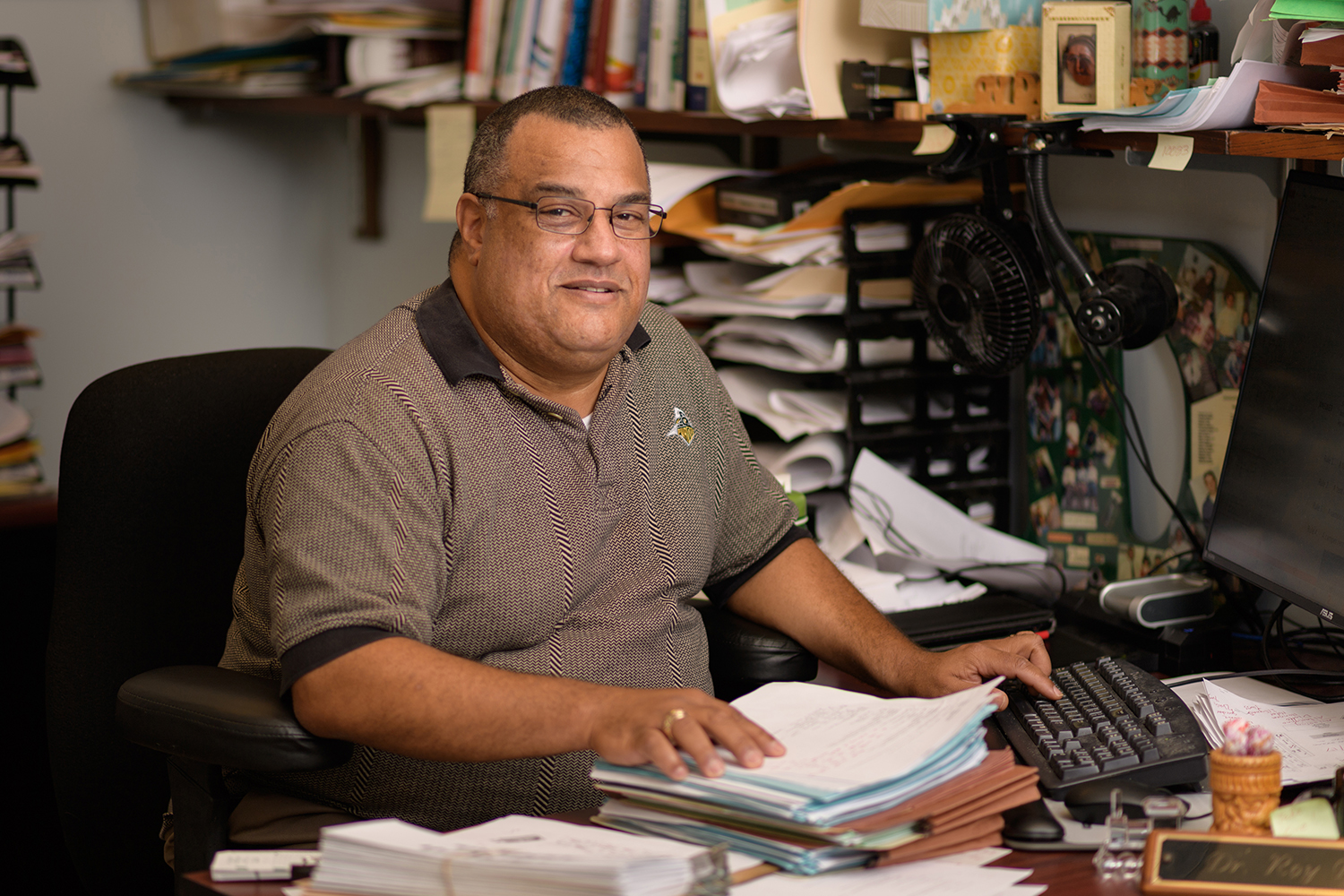
Dejoie, who maintains a heavy teaching load, took advantage of every tool and technique for keeping his students learning during the pandemic. “I used everything in my teaching arsenal to engage my students, from Zoom for office hours to incorporating Brightspace, Piazza, and Yellowdig into my courses,” he says.
YellowDig, a social learning platform that can be integrated with Brightspace, is a virtual classroom that leverages an understanding of human behavior and gaming technology to build healthy, online-learning communities. Yellowdig is used primarily in curricular settings, but also works great to build co-curricular, faculty, or other specialized communities.
“Yellowdig is kind of the equivalent of a discussion board, but it has a lot of other tools built into it that allowed me to actually convert the idea of participation from being an in-class, real-time experience to being a little bit more flexible and open-ended for the students,” Dejoie says. “Some students don’t like to speak up in class, so Yellowdig gives them a platform for asking questions and sharing ideas that they might usually keep to themselves.”
As one student remarked, “I’ve taken two classes that use Yellowdig and I love it. I think it’s a great way to share and discover articles and content that is relevant to what we are learning in the classroom. Additionally, I think the site itself is user-friendly and aesthetically pleasing, which I definitely appreciate.”
While the latest COVID surge requires that some teaching and classroom restrictions be extended into the fall semester, Dejoie is moving forward with the same dynamic teaching approach that has defined his career.
“I see my role as teaching students how to learn. I really want to see them approach problems critically and ask difficult questions,” Dejoie says. “We're helping students get ready for jobs that they'll be doing in the future. Some of these jobs don't exist right now, but we're trying to help them understand how to be adaptable to change and how to learn on a daily basis.”
“I think COVID is a great example of the idea of how changes can happen that uproot and completely alter things,” he adds. “People who know how to learn and are adaptable fared better in this environment than people who were more stuck in a certain way of doing things.”




